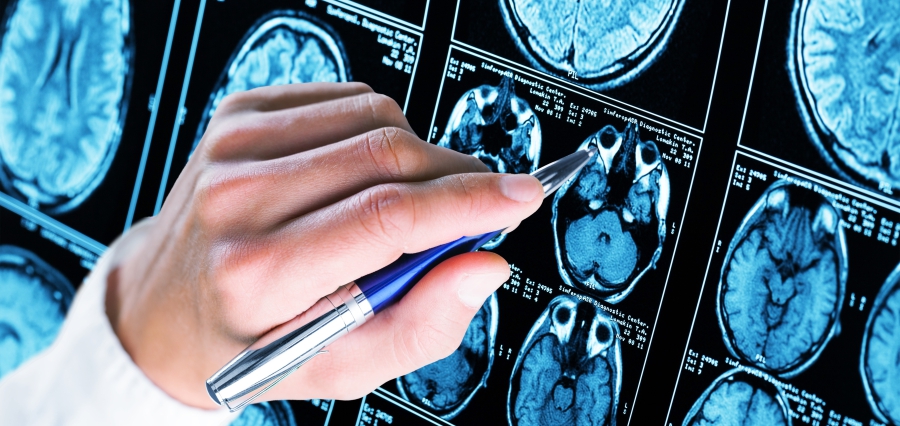The medical science and research have reached tremendous heights in the fields of diagnoses, treatments, creation of vaccines, preventive care and many other advancements in the generalized physical healthcare. However, a different form of illness that is late in identification is Mental Illness.
In essence, mental illness is any condition that can seriously limit or distress a person’s capacity to function normally. An individual’s thinking, feeling, mood, and behavior can all be impacted by mental illness.
The majority of people categorize mental disease as crazy because they are ignorant of it. Raising awareness of mental illness, its different forms, and strategies for managing with and recovering from it is desperately needed.
Mental Illness Awareness Week
As we identify a particular physical illness through its symptoms, mental illness also has its set of symptoms. Such a requirement should be identified, communicated and implemented to detect the type of mental health condition of the patient. By organizing workshops, drives, and other activities, the mental illness awareness week seeks to increase public understanding of the different types of mental illness and how to identify them. Among the various varieties of mental sickness or mental disorders include anxiety disorders, bipolar disorders, and depression.
Mental diseases can have clear origins and ends and be either transient or episodic. Other conditions are chronic or long-term. Many factors, such as personality traits, traumatic and stressful events, an unhealthful upbringing, substance abuse, inheritance, and a host of other factors, might predispose a person to mental illness.
An examination by a physician or mental health professional, laboratory testing, and psychological assessment are a few techniques they may employ to diagnose mental illness.
European Mental Health Week (EMHW) is a pan-European initiative that seeks to raise awareness of mental health concerns and effect positive change.
The EMHW 2024 took place on May 13–19 under the theme “Better together: co-creating the future of mental health.”
EMHW is a week-long event encouraging people to Emphasize the call to end stigma, discrimination, and exclusion; Share personal experiences and Discuss mental health openly. Mental Health Europe, Europe’s largest independent mental health nongovernmental organization, launches and organizes EMHW.
Sobering Facts about Mental Illness
The WHO reports that during the first year of the epidemic, there was a 25% global increase in anxiety and despair. Following COVID-19, there was a more than 22% increase in loneliness in the EU, and in 2022, 27% of workers reported feeling stressed, depressed, or anxious. Workplace stress and psychosocial dangers can pose a threat to employees’ mental health.
There is a particularly heightened vulnerability of people engaged in precarious work to the negative stresses, which might eventually translate into an anxiety disorder or depression. Greater digitalization, robotization, and use of artificial intelligence at work have potentially adverse conditions for work and therefore, likely have an influence on mental health. Generally, the member states of the EU are aware that there is a clear connection between mental health and work. Mental health is one of the issues crucial for work ability and productivity, and vice versa, psychosocial risks at work may equally deteriorate mental health.
In particular, precarious work such as less-than-well-paid, unprotected jobs may give rise to disorders, including anxiety and depression. Some research estimates indicate that in 2019, over 14 million people aged 15-29 years had any type of mental health condition. The COVID-19 pandemic further worsened the mental health of European youth. In the OECD’s ‘Health at a glance report’, the data also showed that the percentage of young people with signs of anxiety and depression have doubled over several member states compared to the pre-pandemic period.
According to the UNICEF report lastly, it states that suicide remains the second leading cause of death among young people across Europe and surpasses even road accidents.
However, nearly half of the young population in the EU declared unmet needs in mental health care, differing by 23% from adult population.
Almost half, or 49% of young people, lack mental health care services.
In the meantime, all this while pursuing sure measures for improvement in the area of mental health at work including
- Encouraging research activities on the impact of working conditions on mental health
- Strengthening public systems protecting the mental health of workers
- Favouring the recruitment or reintegration of workers with mental health issues
- Guaranteeing workers benefit from mental health surveillance
- Countering precarious employment
In the Council, for the very first time, now, the EU member states are engaged in discussions with regard to how they could better act towards the prevention of mental health issues among young people, accounting for their specific needs. It outlines guidance in addressing the problem at hand, which focuses on the area of how to better meet the specific needs of young people, with actions including
- Improving their living and working conditions
- Ensuring access to mental health care for young people
- Encouragement of research into the impact of mental health on young people
- Elimination of stigma
- Best practices exchange between EU countries
- Promoting a safer and healthier digital environment by fighting against hate, violence, and abuse in the media and on social media.









